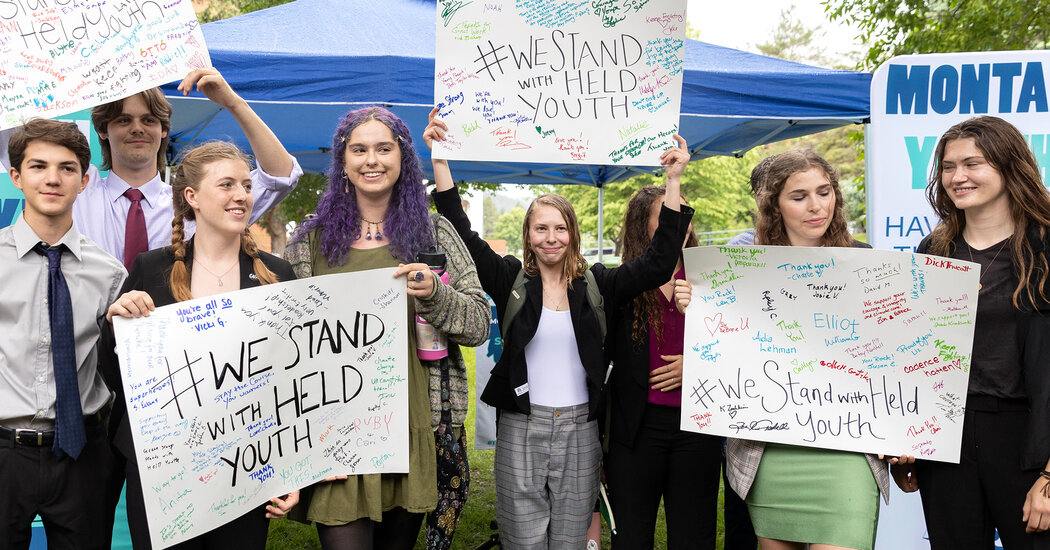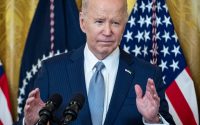Who Are Kamala Harris’s 1.5 Million New Donors?
An unprecedented wave of small-dollar donations for Harris
After Biden dropped out of the race, donations poured into the Harris campaign faster than they had for any presidential candidate this cycle.
Source: Federal Election Commission
The New York Times
When President Biden ended his presidential campaign on July 21, making Vice President Kamala Harris the presumptive Democratic nominee, he unleashed the biggest wave of small-dollar enthusiasm the race has seen.
More than 1.5 million new donors gave to the Harris campaign in the last 11 days of July, according to estimates from a New York Times analysis of donor data filed with the Federal Election Commission. That figure comprises 40 percent of all donors to the Biden and now Harris campaign, which has been raising money since April 2023.
Donors both old and new gave to the newly renamed Harris campaign
Both donors who had given to the Biden re-election campaign and new people who had not previously contributed rushed to donate to the Harris campaign.
Source: Federal Election Commission
The New York Times
Mr. Biden’s existing donor base was enthusiastic, as well: About 680,000 people who had previously donated to Mr. Biden — just over one-third of his previous donors — came back to give more to Ms. Harris in those 11 days.
More than half a million people total on July 21, and more than 600,000 on July 22, gave to the Democratic presidential campaign through ActBlue, its official fund-raising platform. Their contributions totaled more than $80 million in the first two days. From July 21 through the end of the month, the newly renamed Harris campaign raised $183 million through ActBlue.
The Times’s analysis also combined the donor records with voter registration records to show that new Harris donors were much younger than Biden donors had been. Just 10 percent of Mr. Biden’s donors in July were under 45 years old, compared with 28 percent of Ms. Harris’s donors.
Age of donors to Biden compared with Harris
Sources: Federal Election Commission; L2
Among donors who gave to the Democratic presidential campaigns in July via ActBlue.
The New York Times
The share of Ms. Harris’s newly acquired donors who were women under 45 was 17 percent — more than double the share of Mr. Biden’s donors who were younger women. Younger men also made up a greater share of Ms. Harris’s donors.
Across all ages, slightly more than 60 percent of both Mr. Biden’s and Ms. Harris’s donors were women.
In a geographic comparison of Mr. Biden’s donors and Ms. Harris’s, the makeup of both pools was very similar. Harris donors were slightly more likely to come from more educated areas: ZIP codes where more than half of those 25 and over had a bachelor’s degree. Ms. Harris also claimed a slightly higher share of first-time small-dollar donors from ZIP codes where more than 5 percent of the population was Black, according to the most recent data from the U.S. Census Bureau. And differences between the candidates were minor when it came to their ZIP codes’ median household income.
Breakdown of Biden and Harris donors by ZIP code area:
Percent of adults with bachelor’s degree
Percent of Black residents
Sources: Federal Election Commission; Social Explorer 2022 5-year ACS data
Charts compare donors who gave to the Democratic presidential campaigns between April 25, 2023 and July 31, 2024 based on their ZIP code tabulation area. Percent of adults with bachelor’s degree is among those 25 and older.
The New York Times
The Times’s analysis did not look at contributions by large donors who give directly to the campaign, fund-raising committees or super PACs without going through ActBlue.
Large donors had been threatening to flee the party after Mr. Biden’s disappointing debate performance, and while some small donors had rushed to the president’s support, they were far outnumbered by the wave of money that flooded in for former President Donald J. Trump after his felony conviction and the attempt on his life.
Full details on donations by large donors will not become clear until October, when the campaign’s associated fund-raising committees are required to file reports with the Federal Election Commission. But on just the strength of small donors alone, the end of July was the most significant fund-raising moment for the Biden or Harris campaign of the entire cycle thus far, and the biggest week for Democratic fund-raising on ActBlue since the death of Ruth Bader Ginsburg.
The Harris campaign in July announced that it had raised over $310 million, more than double what Mr. Trump’s had, on the strength of fund-raising in the last 10 days of the month.
Methodology
The Times’s analysis is based on Federal Election Commission filings from the Democratic fund-raising platform ActBlue, with the names, addresses and ZIP codes of people who gave to the Harris for President campaign, the Harris Action Fund and the Harris Victory Fund (known as Biden for President, the Biden Action Fund and the Biden Victory Fund before July 21) online.
A donor was determined to be a prior Biden donor if a donation from their unique combination of first name, last name and ZIP code had been made from April 25, 2023, when the Biden campaign was announced, to July 20, 2024.
In the analyses of age and gender, this data was combined with voter registration records obtained from each state and provided by L2, a nonpartisan voter data vendor. These databases combine data on all registered voters. Records were matched by each donor’s first name, last name and ZIP code, plus address in many cases. Around 70 percent of donors from the F.E.C. filing could be matched to the voter file.
In the analyses of income, education level and race, records were matched with demographics for ZIP code tabulation areas from the census bureau’s 2022 five-year American Community Survey, using data files from Social Explorer.
The numbers cited here are estimates that could be affected by out-of-date voter registration records, duplicate names in the same ZIP code or other factors.


